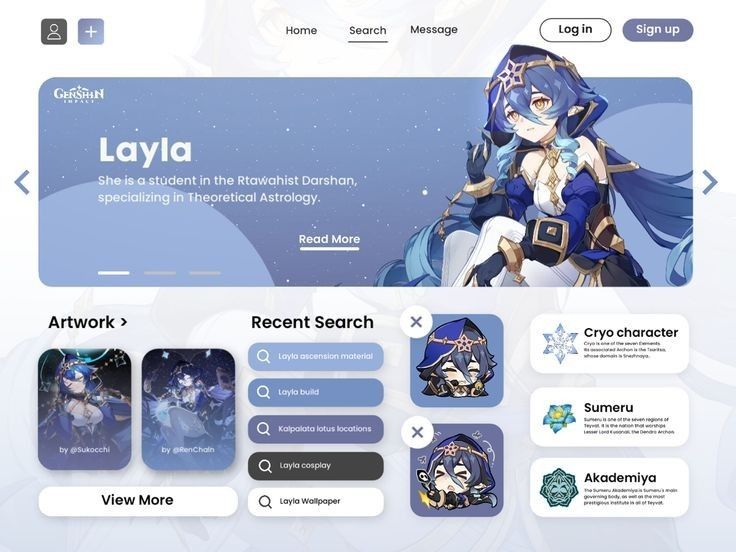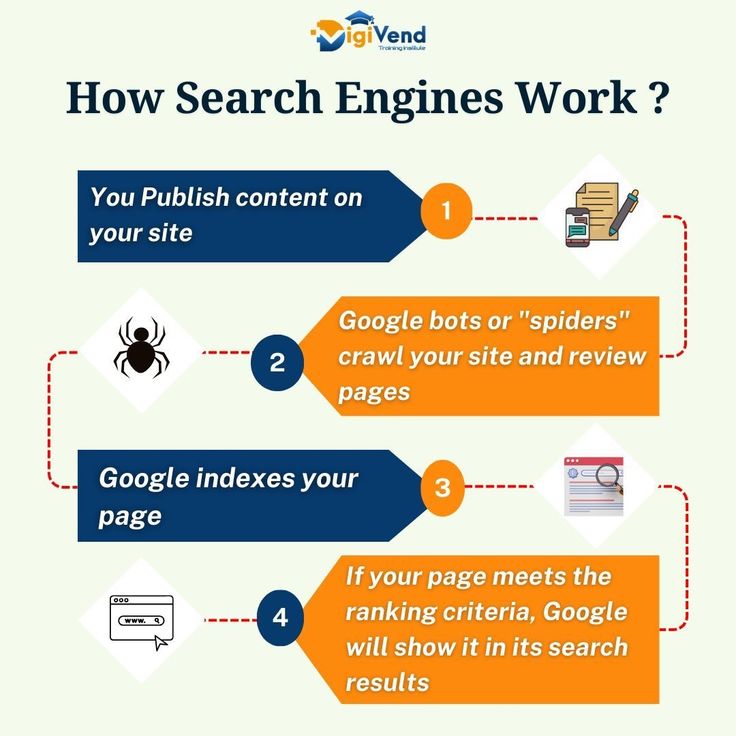Webpages are retrieved by web browsers through servers using protocols like HTTP. When a user enters a URL, the browser requests the page, and the server responds by sending the webpage, which is then rendered and displayed on the user’s screen

Table of Contents
Introduction to Webpages
A webpage is a digital document accessible through web browsers, serving as a fundamental unit of information on the World Wide Web. It is typically created using HTML (Hypertext Markup Language) and can contain various types of content including text, images, videos, and interactive elements
Types of Webpages
Static Pages: These are fixed and display the same content every time they’re loaded. They’re typically created using HTML and CSS.
Dynamic Pages: These change based on user interaction or other variables, like time or data from a server. They often rely on server-side languages like PHP, Python, or JavaScript frameworks like React or Angular.
Core Components of a Webpage
HTML Structure
- DOCTYPE Declaration: Specifies the HTML version being used
- HTML Tags: Enclose all page content
- Head Section: Contains metadata about the page
- Body Section: Displays the actual visible content
Essential Elements
- Page Title
- Header
- Navigation Menu
- Content Area
- Footer
Content Types
Hypertext and Multimedia
Webpages are not limited to plain text. They can include:
- Text
- Graphics
- Animation
- Video
- Sound
- Hyperlinks
Structural Components
Header Area
The header usually contains:
- Company logo
- Relevant text
- Search box
- Navigation elements
Content Area
This section is the core of the webpage, presenting:
- Main information
- Primary message
- Interactive elements
Technical Foundation
HTML and CSS
- HTML: Provides the basic structure and content organization
- CSS: Enhances visual presentation and layout
- JavaScript: Adds interactivity and dynamic features
What is Indexing?
Indexing is the process by which a search engine organizes and stores data about web pages so that it can quickly retrieve and present relevant results in response to user queries. It’s akin to creating a massive, continuously updated library catalog.
How Search Engines Index Webpages
Search engines use automated programs called crawlers or spiders to discover and index webpages through a systematic process:
- Discovery: Crawlers process XML sitemaps and follow links to find new and updated pages
- Crawling: Search engine bots scan webpages, collecting information about their content, structure, and links.
- Indexing: The crawler stores essential information like page copy, title, and meta description in a massive database
Key Components of Indexing
Crawling Mechanisms
- Search engine bots follow links on websites
- They analyze HTML code, images, and other page elements
- Crawlers operate on a limited “crawl budget” determining how many pages they’ll index in a set period
Indexing Methods
- Automatic crawling
- Sitemap submission
- Manual indexing requests

Importance of Webpage Indexing
- It helps search engines find and display relevant pages
- Enables websites to appear in search results
- Improves website visibility and potential traffic
Key Factors in Indexing
Keywords: Proper use of keywords in titles, headers, and content helps search engines understand the main topics of the page.
Quality Content: High-quality, original content is prioritized by search engines.
Backlinks: Links from other reputable sites signal the page’s reliability and relevance.
Mobile-Friendliness: As more users search from mobile devices, mobile-friendly pages are favored.
Page Speed: Faster loading times improve user experience and ranking.
Indexing Best Practices
- Submit a Sitemap: Providing a sitemap helps search engines understand your site’s structure.
- Use Robots.txt: This file guides crawlers on which pages to index or avoid.
- Optimize Load Times: Improve page speed to enhance indexing and ranking.
- Regular Updates: Keep content fresh and relevant to encourage frequent indexing.
By understanding and utilizing these principles, you can help ensure your webpages are properly indexed and thus more likely to appear in search results.
Is there a specific aspect of indexing you’re curious about or need more details on?
conclusoin
In summary, web pages are to the document world as book objects are to the real world. Here’s a quick wrap-up:
Webpages
Structure : Implemented by HTML, CSS for design, interactive with JavaScript
Content :The centerpiece of web pages, combining text, visuals, media, etc.
Design: Sectioned into sections that include headers, content areas, footers and sidebars.
Indexing
— Lifespan: Static pages, like a rock, don’t change, whereas dynamic pages adapt based on the action of users and other information.
Process : Crawling, processing, storing and ranking





